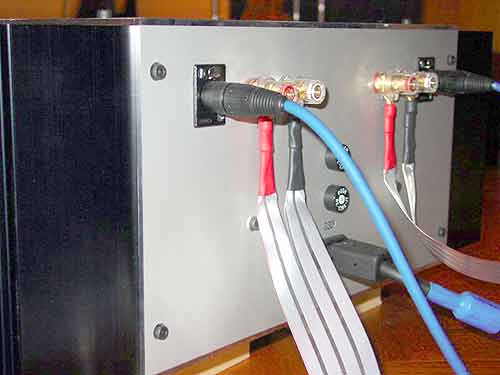

THE STORY BEHIND the A75 power amplifier continues. In Part I, we discussed its origins and direct predecessor, the Pass A40, as well as some general guidelines to follow before initiating such a project. We covered such topics as MOSFETs and differential pairs. In this concluding part, we will analyze the amplifier's component parts in depth, beginning with the source. The Power Supply Figure 11 shows the amplifier's power supply circuitry. AC line power enters through the power cord and passes through fuse F1. To reduce the effects of inrush current, thermistor TH1 is employed. At room temperature, this will… More...
Your brand new component is hooked up, fresh from the box, and the fi rst time you power it up is a sonic disaster; it hums, it buzzes and in general sounds absolutely dreadful. Glaring at your equipment or dealer doesn’t help and twisting knobs only makes the noise worse; what now? From years of experience we fi nd that the vast majority of excessive noise in audio electronics can be traced directly to poor grounding techniques. While we recommend balanced interconnects on your audio components whenever possible, it must be understood that balanced interconnects address only the problems of… More...
Copyright © 2016 Pass Laboratories, Inc. All rights reserved
Telephone: 530.878.5350